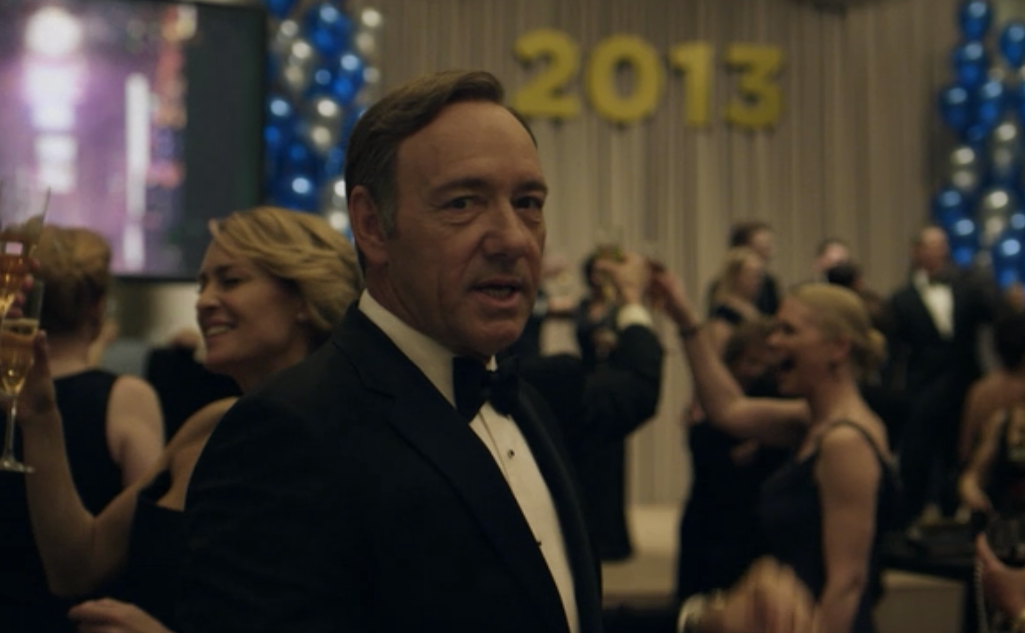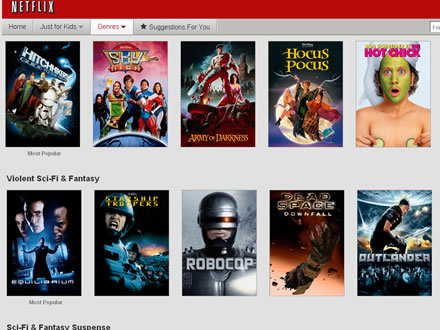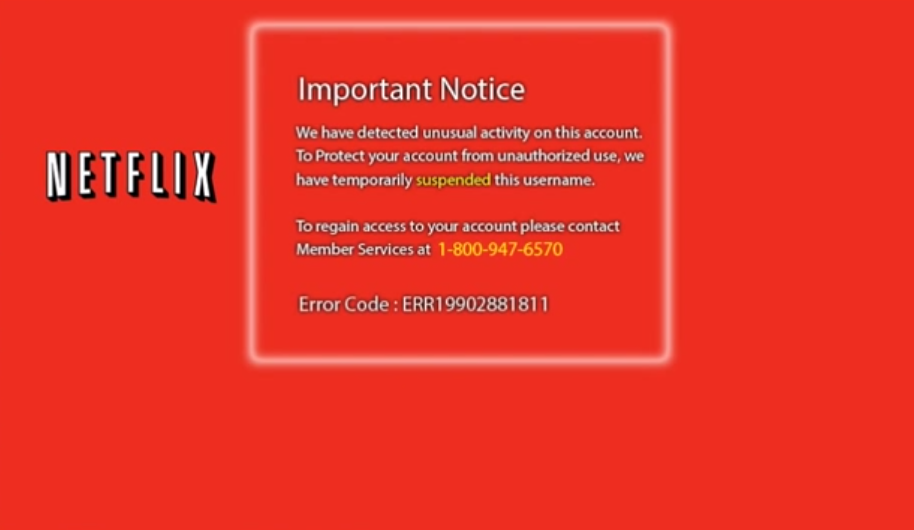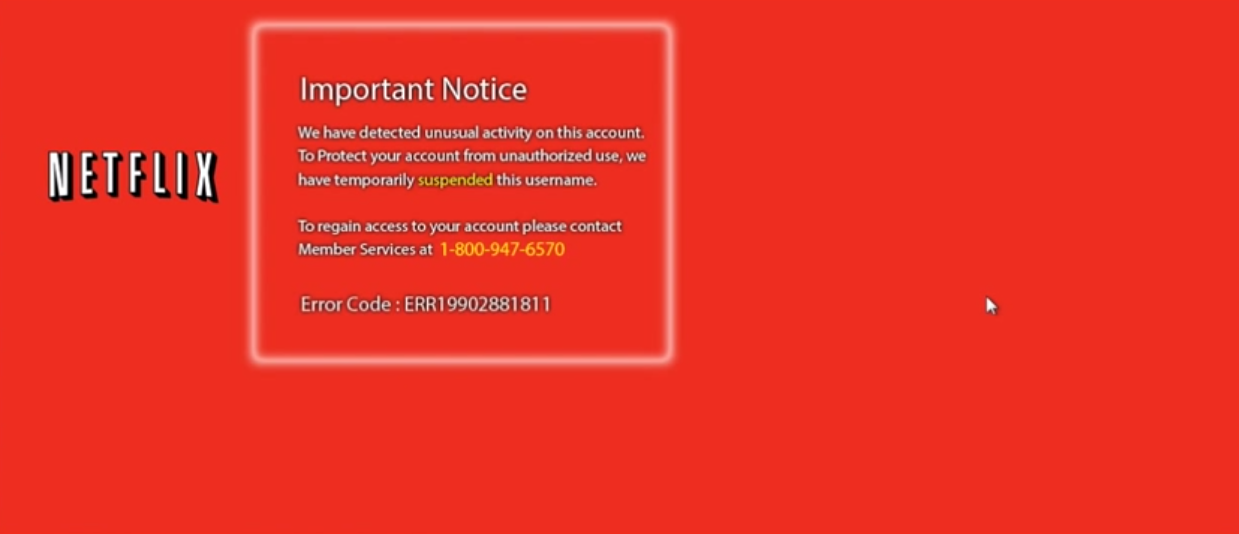 Netflix video resolution can sometimes be really pixelated & low quality compared to Hulu so I wanted to find out exactly why. With your big screen TVs in homes everywhere, you might be watching House of Cards season 2 but it may not be as crisp as you had hoped. You might find yourself thinking: “Why does Netflix look so bad on my TV?”. Even when the show is supposed to be in “SuperHD” (which equals 1080p) you may be staring at standard quality. And if you are trying to watch old episodes of say…..StarTrek Next Generation then you are likely going to see pixelated faces as well. So how do we get Super HD on Netflix and higher quality resolution on retro TV shows of yesteryear?
Netflix video resolution can sometimes be really pixelated & low quality compared to Hulu so I wanted to find out exactly why. With your big screen TVs in homes everywhere, you might be watching House of Cards season 2 but it may not be as crisp as you had hoped. You might find yourself thinking: “Why does Netflix look so bad on my TV?”. Even when the show is supposed to be in “SuperHD” (which equals 1080p) you may be staring at standard quality. And if you are trying to watch old episodes of say…..StarTrek Next Generation then you are likely going to see pixelated faces as well. So how do we get Super HD on Netflix and higher quality resolution on retro TV shows of yesteryear?
The SHORT answer is you CAN’T do much to fix this pixelation problem other then wait for Netflix to boost its delivery quality over time. Millions of people share this network problem but don’t have an avenue to complain to Netflix OR are too used to low quality streaming via the black market of online streaming to really care. Old-school business thinking would say that if customers aren’t complaining there isn’t a problem but Netflix knows its unique selling proposition is tied to delivery & quality. So, apparently you can’t get top quality because Netflix is structured to deliver bandwidth through it’s network based on demand for a given show AND based on the amount of viewers that are using the Netflix network. In other words, because there are about 1000+ watching the same episode of Star Trek, Netflix does not allocate that much definition to ensuring the quality of a low-demand show is high.
Netflix would much rather allocate definition HD to their high demand shows first and then trickle down through their inventory of shows. The problem for top demand shows is that Netflix starts streaming sooner than top quality can be played because the company wants to be fast and deliver images at a reasonably high level as quickly as possible so that impatient users don’t get upset with the user experience. Then coupled with this quick delivery, the bandwidth (demand within the Netflix network) gets crowded by too many users and so full-resolution streaming is not possible. So if you’re staying in on a Saturday night, you’ve picked the wrong time to watch Netflix because so is everyone else and that means lower quality HD.
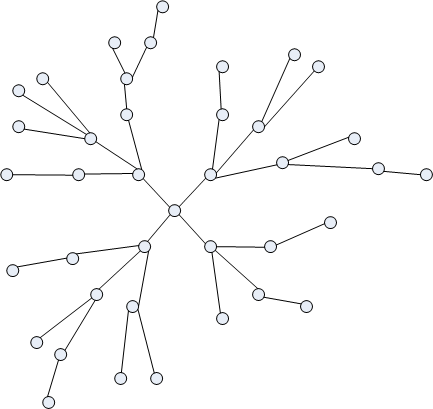 In sum, the most important factor to EXPLAIN WHY YOU CAN’T GET WHAT YOU WANT IS:
In sum, the most important factor to EXPLAIN WHY YOU CAN’T GET WHAT YOU WANT IS:
1) the time of day that you are using Netflix and whether that time of day is peak or prime for a high volume of viewers. When you are watching a show at peak hours you are sharing with a giant network that is ‘rationing’ bandwidth. In other words, Netflix is a net neutral system where everyone has equal access. Netflix is charging the same rate across the board and delivering a rationed system to the masses, so much for capitalism. On top of this network, Netflix is playing a game where they are trying to get the highest quality services across the network. Netflix is responsible for around 33% of all internet traffic in the US and Canada for hard-wired Internet connections, so their system is robust to say the least.
2) your device or television is only a minor factor in quality (assuming your have a decent TV or computer built in the last 3 years). Folks online have written about A/B testing the quality of their 2 modern TVs side by side to determine MegaBitsPerSecond averages which range from 40 to 60. So the devices themselves aren’t really the significant factor in the quality of images on your TV screen.
The Long-Term Reality>>>> Netflix didn’t have the ability to stream into homes until the mid-2000s so we can expect the resolution to gradually improve as the technology to deliver and received that data accelerates. Open Connect is their current solution to this data bandwidth conundrum. Open Connect would allow Internet Service Providers (ISP) to directly divert traffic through other infrastructure provided by competing ISPs in order to get data from A to B to C. This system allows users to view decent quality rather quickly. However, this Open Connect system is not being applied very much by the existing ISP providers who really don’t want to help each-other out that much except with price setting OR sharing cellphone towers for coverage. So given that networks are sharing some information, you can expect more ISPs to join Open Connect should customer demand push for it. As Netflix delivers UltraHD in 2014, expectations will continue to grow amongst consumers and Netflix will try to avoid lagging behind for fear that Apple or other competitors will swoop in and take some of their impressive market-share.


